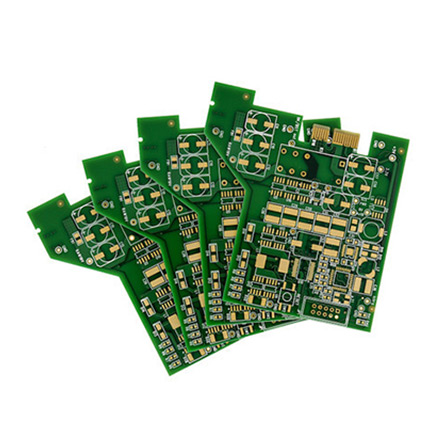

Reflective Tinted Glass Merging Aesthetics with Functionality
Reflective tinted glass has gained popularity in architectural design and window manufacturing due to its unique combination of aesthetic appeal and practical benefits. This type of glass features a reflective coating that not only enhances its visual attributes but also serves several functional purposes, making it an ideal choice for modern buildings.
One of the most striking aspects of reflective tinted glass is its ability to control light. The reflective coating helps to reduce glare by bouncing back a significant portion of the sunlight that hits the glass surface. This is particularly advantageous in urban settings where buildings are often exposed to intense sunlight. By minimizing glare, reflective tinted glass creates a more comfortable indoor environment, allowing for better concentration in offices and relaxed atmospheres in residential spaces.
In addition to glare reduction, this type of glass is effective in controlling heat gain. The tinted aspect of the glass absorbs a portion of the solar radiation, thus keeping indoor spaces cooler and reducing the reliance on air conditioning systems. This can lead to significant energy savings, making reflective tinted glass an environmentally friendly choice. By lowering energy consumption, it contributes to sustainability efforts and helps to reduce a building's carbon footprint.

Aesthetically, reflective tinted glass offers a sleek and modern appearance. Its shiny surface can reflect surrounding landscapes or urban environments, creating a visually engaging façade. Architects and designers often use this feature to create stunning visual effects, making buildings not only functional but also works of art. The variety of colors available in tinted glass allows for personalization and creativity in design, appealing to both commercial and residential projects.
Moreover, reflective tinted glass enhances privacy without sacrificing natural light. The reflective surface makes it difficult for outsiders to see into the building during the day, allowing occupants to enjoy their privacy. However, it is important to note that this privacy diminishes after sunset when interior lights are on, so strategic window placement and treatment are essential.
In conclusion, reflective tinted glass is an innovative solution that blends aesthetic appeal with numerous functional benefits. Its ability to reduce glare, control heat, enhance privacy, and add a modern touch to architectural designs makes it an attractive option for a variety of building projects. As sustainability becomes increasingly important in design, the role of reflective tinted glass is likely to grow, paving the way for a more energy-efficient and visually appealing future.